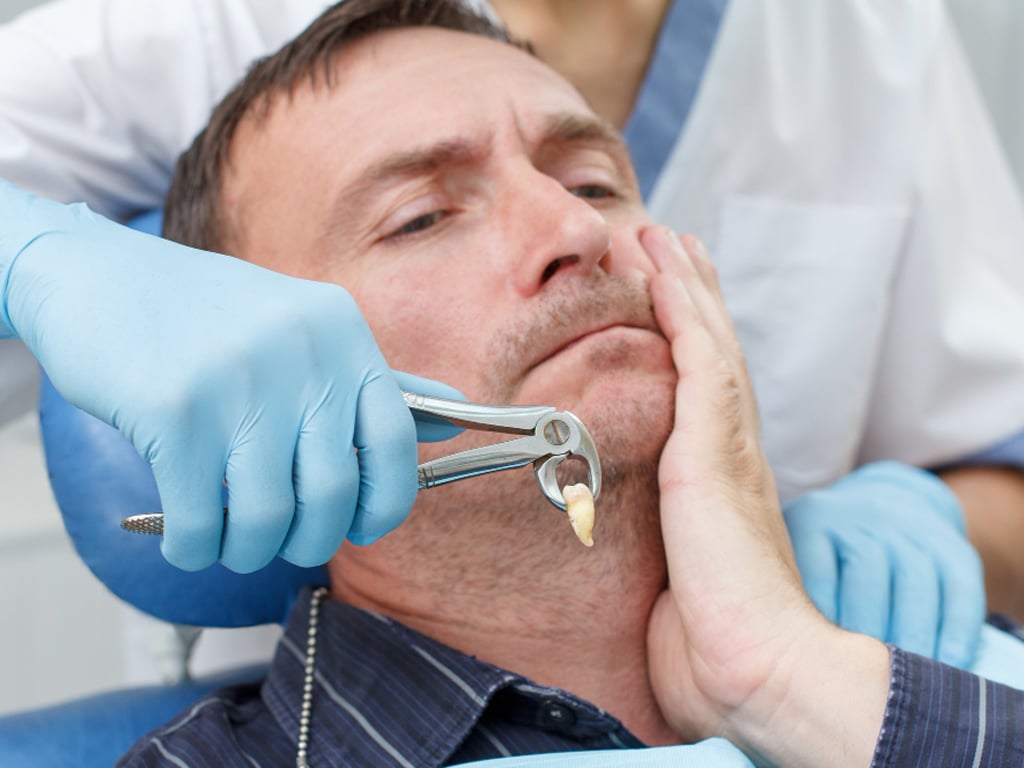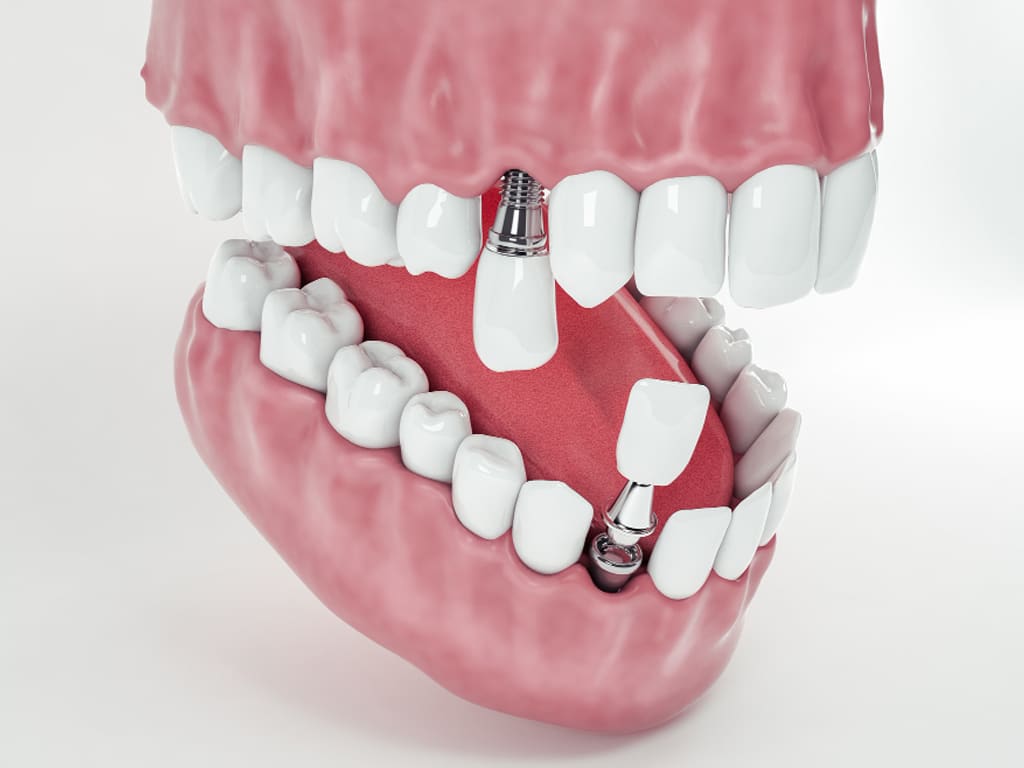In the charming city of Hamilton, nestled between the robust industrial heart and the serene escarpment, lies a hidden fortress of wellness – a bastion against the tiny marauders known as cavity monsters. For many, a trip to the dentist’s chair is akin to an epic battle, fraught with anxiety and discomfort. But it need not be a journey into the mouth of madness. With cutting-edge techniques and a compassionate approach, pain-free dentistry in Hamilton isn’t just a pipe dream – it’s a reality that can be easily accessed, understood, and utilized to keep those toothy terrors at bay.
In this comprehensive guide, we’ll navigate the tenets of modern, pain-free dental care together. We’ll uncover the secrets that Hamilton’s premier dental professionals employ to ensure that your visit is not just bearable but pleasant. Welcome to “Conquering the Cavity Monsters: A Guide to Pain-Free Dentistry in Hamilton.”
Introduction
Imagine a world where the high-pitched whir of a dental drill doesn’t send shivers down your spine, the scent of a dental clinic doesn’t trigger a flight response, and the very thought of a cavity doesn’t give you nightmares. In Hamilton, this world is no longer a figment of the imagination; it’s a tangible reality. The evolution of dental practices has ushered in an era of minimal discomfort augmented by maximized care, ensuring that the oral health battle is won without the pain of war. So, let’s delve into the ten critical strategies to achieve a pain-free dental experience.
- Seeking a Dentist with a Gentle Touch: Choosing a dentist known for their gentle approach can make all the difference in your dental experience. Hamilton boasts a cohort of compassionate dental professionals prioritizing patient comfort above all else.
- Look for patient testimonials: Websites and social media are excellent resources for finding reviews.
- Ask for recommendations: Family and friends can provide personal insights.
- Meet the dentist beforehand: Schedule a consultation to get a feel for their approach.
- Inquire about pain management techniques: Dentists should be open about minimizing discomfort.
- Check their qualifications: Ensure they have current certifications and are up-to-date with the latest practices.
- Evaluate the atmosphere of the clinic: A calming environment can ease anxiety.
- Notice the staff’s demeanour: Friendly and patient-focused staff can enhance comfort.
- Embracing Advancements in Pain-Free Technology: Technological advances in dentistry can virtually eliminate painful procedures. From laser dentistry to the latest in anesthetic delivery, it’s worth looking into a practice that keeps pace with these innovations.
- Ask about laser dentistry: This can mean less pain and quicker healing times.
- Discuss digital X-rays: They are faster and can be less uncomfortable than traditional methods.
- Check if they use The Wand, A computer-assisted anesthesia system that provides pain-free injections.
- Inquire about 3D imaging: It helps in precise diagnosis and treatment planning.
- Find out about sedation options: IV sedation or nitrous oxide can offer a more relaxed experience.
- Explore electric handpieces: They are often quieter and smoother than air-driven alternatives.
- Ask about ultrasonic cleaning: It’s a less invasive method for plaque and tartar removal.
- Preventative Care to Avoid Pain: Preventing dental issues before they arise is the most effective way to avoid discomfort. Regular check-ups and cleanings are key to maintaining a pain-free mouth.
- Schedule bi-annual cleanings: This helps prevent cavities and gum disease.
- Embrace fluoride treatments: They can strengthen enamel and reduce decay.
- Consider dental sealants: A protective barrier against cavities for molars.
- Maintain a robust oral hygiene routine: Brushing and flossing are your first lines of defence.
- Opt for a healthy diet: Reduce sugary and acidic foods that can erode enamel.
- Wear a mouthguard if needed: Protect your teeth from grinding or sports injuries.
- Stay hydrated: Drinking water helps in washing away food particles and bacteria.
- Leveraging Sedation Dentistry: For those with significant dental anxiety or for lengthy procedures, sedation dentistry provides a pain-free and stress-free solution.
- Discuss the levels of sedation available: Nitrous oxide, oral sedation, or IV sedation.
- Ask about the process and safety measures: You should know what to expect and feel assured of your safety.
- Check if they offer ‘conscious sedation’: You’ll be awake but in deep relaxation.
- Understand the recovery time: Arrange someone to drive you home if necessary.
- Know the costs: Some sedation options may not be covered by insurance.
- Inquire about experience and training: Your dentist should be well-versed in administering sedation.
- Communicate your medical history: Ensure the dentist knows of any conditions or medications that could affect sedation.
- Adopting a Pain Management Plan: The dentist will craft a personalized pain management plan before any procedure. This should outline how discomfort will be minimized and managed during and after your visit.
- Request a detailed plan: Know what to expect each step of the way.
- Ask about pre-medication: Sometimes, taking medication beforehand can ease anxiety.
- Inquire about supplementary measures: Soft music or a warm blanket can help.
- Understand post-procedure care: Know which medications or remedies are recommended.
- Discuss pain thresholds: Everyone’s tolerance differs; your dentist should cater to yours.
- Ask about follow-up appointments: Ensure you have access to care if there’s discomfort after the procedure.
- Get a contact number for emergencies: You should be able to reach out if pain persists.
- Utilizing Non-Invasive Treatment Options: Whenever possible, opt for non-invasive treatments that reduce the likelihood of pain. Modern dentistry offers many options that are much less intimidating than traditional methods.
- Inquire about air abrasion: It’s an alternative to drilling for removing decay.
- Ask about Invisalign: These clear aligners can straighten teeth without metal braces.
- Explore composite fillings: They often require less tooth removal than traditional fillings.
- Consider dental veneers: A minimally invasive option for improving your smile.
- Look into bonding: This can fix minor imperfections without extensive work.
- Understand scaling and root planing: It’s a deep-cleaning process that’s typically gentle.
- Check if they offer no-prep crowns: These preserve more of your natural tooth.
- Communication is Key: Open and honest communication with your dental team ensures that your concerns and needs are addressed, reducing the potential for painful experiences.
- Express your fears: A good dentist will take them seriously and adjust accordingly.
- Ask questions: Understanding each procedure can alleviate anxiety.
- Use hand signals: Agree on signs to indicate discomfort or the need for a break.
- Provide feedback after your visit: It helps the practice improve and adapt.
- Be clear about your history: Past dental experiences can inform your current care.
- Discuss any current pain: Addressing existing issues can prevent them from worsening.
- Keep your dentist informed of changes in your health: This can affect your dental care and comfort.
- Creating a Comforting Environment: The dental office ambiance can significantly impact your comfort level. Look for an office that goes the extra mile to create a soothing environment.
- Seek an office with a calming decor: Aesthetic touches can create a relaxing space.
- Inquire about entertainment options: Music, TV, or virtual reality can distract from procedures.
- Evaluate the comfort of the waiting and treatment areas: Ergonomic chairs and pleasant lighting matter.
- Check for sensory accommodations: Some practices offer noise-cancelling headphones or scented towels.
- Consider the office layout: It should feel open and inviting, not clinical and cold.
- Assess the approachability of the staff: They should be welcoming and accommodating.
- Look for child-friendly features: A play area or child-oriented decor can ease young patients’ nerves.
- Prioritizing Emergency Dental Care: Dental emergencies can be painful and frightening. A responsive dental practice that prioritizes emergency care can be pivotal in managing pain quickly and effectively.
- Ask about same-day appointments for emergencies: Quick access is crucial.
- Check their emergency protocols: Know how the practice handles urgent cases.
- Understand their after-hours availability: Some dentists offer services beyond regular office hours.
- Inquire about pain relief measures during emergencies: Immediate action can be taken to alleviate discomfort.
- Learn the signs of a dental emergency: Recognizing a genuine emergency can expedite care.
- Keep the practice’s emergency contact information handy: Save it in your phone or somewhere easily accessible.
- Maintain regular dental visits: This lowers the chance of unforeseen emergencies.
- Cultivating Long-term Relationships: Building a long-standing relationship with your dentist can ensure they understand your dental history, anxieties, and preferences, paving the way for continued pain-free experiences.
- Stay with the same dental practice: Consistency is key.
- Engage in regular conversations with your dental team: This fosters trust and understanding.
- Follow their advice: It’s part of developing a rapport and maintaining oral health.
- Attend all scheduled appointments: Regular visits help your dentist track your oral health.
- Be open about changes in your life that might affect your dental health, For example, medications, pregnancy, or significant stressors.
- Celebrate milestones: Acknowledging progress can be motivating and affirming.
- Refer friends and family: It shows trust in your dental team and helps the practice grow.
Conclusion:
In Hamilton, the journey to pain-free dentistry is not a quest fraught with peril but a well-trodden path illuminated by the torch of technological innovation and the guiding light of empathetic care. By embracing these ten vital strategies, residents and visitors can conquer the cavity monsters without fear or trepidation. Dentistry, in this modern age, is not a tale of endurance but a peaceful coexistence between patient and practitioner, built on the foundations of comfort, communication, and care.
Painfree Dentistry:
Wave goodbye to the painful memories of dental visits past. Embrace a future where your oral health is in the caring and capable hands of Hamilton’s finest.
Name: Nebo Dental Centre
Address: 260 Nebo Road, Hamilton, ON L8W 3K5
Phone: 905.381.9802
Email: [email protected]
Website: https://nebodentalcentre.com/
Your smile is precious – let us safeguard it with gentleness and expertise.
“Where Dentistry Meets Serenity: Journey toward a fearless smile with Nebo Dental Centre.”
FAQs
-
A1: Yes. With modern technology and personalized care, dental procedures can be performed with minimal discomfort.




